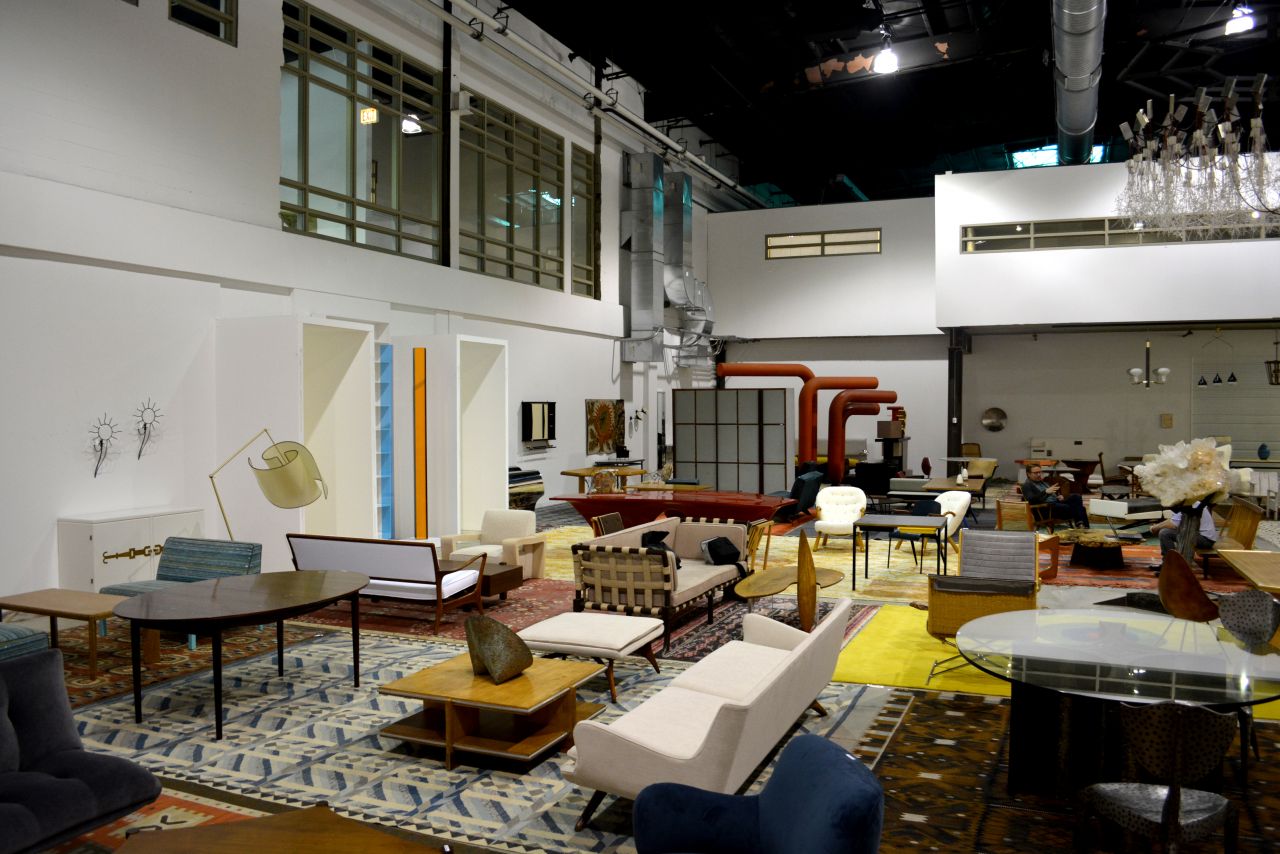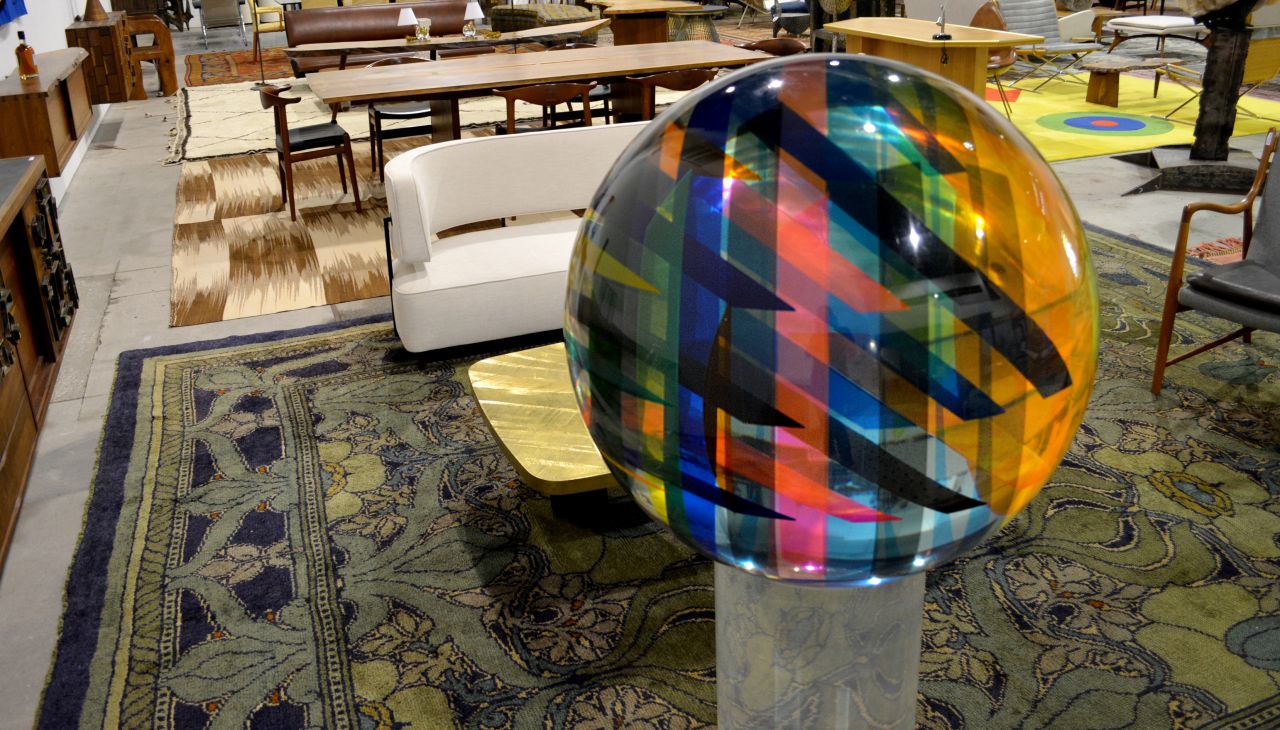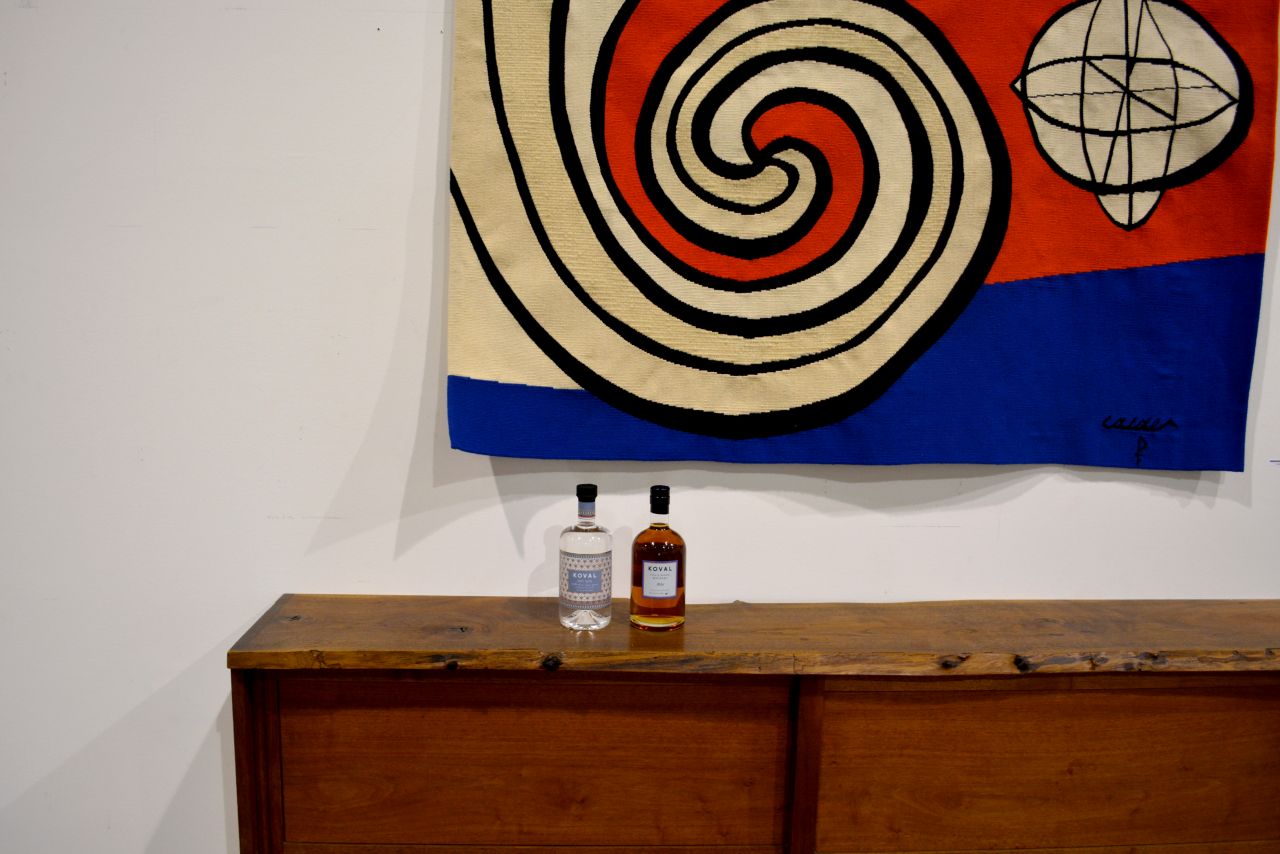Cheers To: Richard Wright, Wright Auction House

When imagining an auction house, we tend to think about galleries like Sotheby’s or Christies—international art businesses that have curated and sold artifacts for centuries. It’s for that reason that we were surprised—and impressed—that one of today’s most elite modern and contemporary design houses, Wright Auction House, is a mere fifteen years old. Headquartered in a striking 40,000 square foot building in Chicago’s West Loop with a new second location on Madison Avenue in Manhattan, Wright has handled more than 40,000 lots and captured the attention of distinguished collectors from around the world since opening in 2000.
One of the ways its founder, Richard Wright, reimagines the traditional aspects of running an auction house is through innovative storytelling.
“When we opened in the 2000s, the others [auction houses] wanted to be traditional,” said Wright. “We sell design, but one of the things that got us a lot of attention and made us an innovator was the way our auction catalogues were presented.”

Wright took a level of graphic design and book magazine layout sensibility and applied it to the world of the auction catalogue. Design has always been, and will always be, an integral part of their brand, but now it continues as they explore new ways to display their material both on the web and in print.
“It’s a funny moment,” said Wright. “Everything is, of course, digital, but the power of print still resonates in a way that’s very different.”
It’s because of this emphasis on storytelling that makes Richard Wright think of himself more as an editor, rather than a curator. “Curator, I think, doesn’t really speak to the depth of the backstory that we try to tell.”

Some of the projects that Wright takes on are nothing short of unique—like a silent auction of steampunk sculptures by film editor and professor at Savannah College of Art and Design BJ Sears (now deceased). Powered by iPhones, these sculptures resemble Victorian machinery.
“I loved the story. It was a one-off. There will never be any more,” said Wright. “It was a perfect kind of combination of things. And that’s what we’re open to doing that keeps us different from our competitors.”
Another project Wright was particularly proud of auctioning was work from a local Chicago designer, Lawrence Laske. A semi-retired designer coping with life-threatening health issues, Laske was able to leverage his misfortune into a legacy idea with Wright’s help.

“The auction wasn’t very successful financially, but we told his life story within those 100 items,” said Wright. “It was like taking someone’s mind and trying to tell that story through an auction, with part of it online. It’s archived. That story is there. I’m super proud of that.”
But perhaps the most interesting story of all is Richard Wright’s. Simply put, Wright Auction House wouldn’t exist as it does today if it hadn’t been for a broach at a yard sale in the mid-1980s.
“I was really young, and I wanted to be a writer,” said Wright. “My girlfriend right out of college discovered the world of junk and garage sales. I found a little Victorian broach at a yard sale and bought it for two or three dollars and sold it for 300.”

Wright’s girlfriend was three credits away from a degree in art history from Boston University when she was accepted to study abroad in Florence, Italy.
“But she was into vintage stuff. After this broach, I was like, ‘Oh my God, you have to drop out of school. This is amazing. I’ve got two thousand dollars and some credit cards, let’s do this.’ And she did.”
So they bought a van and drove around the country, picking along the way.
“It was before the internet, 1986, and it was a really counterculture thing. We would just buy stuff—we didn’t know what we were doing—and we’d go to flea markets to try to sell it.”

Because they tended to collect modern objects—things from the 1950s in the 1980s—dealers at the flea market Boston said they’d have a better chance of selling in New York at a market that happens every week on 26th Street. So they went. Eventually, they moved to the Midwest, the center for picking, and would drive every two weeks to New York to sell.
“It just evolved. One of the things I’m really the proudest of is that I keep trying to evolve. I wasn’t smart enough to skip any steps, so I had to take every step along the way.
It was a really big deal to me when we opened in New York. I remember flying in and going to an opening—it’s on Madison Avenue, small, but super fancy, and thinking ‘Wow, we really started at a flea market on 26th Street’, and to keep going, that’s what makes life interesting.
I was lucky to find a world where you never are going to know it all; you’ll never have seen it all. If you just remain open, there’s cool, new, beautiful things to buy, sell, trade, and just experience.”

---
Join us at AIGA Chicago’s launch of “This Is Chicago,” a book of interviews with some of Chicago’s biggest design names, including Richard Wright.
Wright Auction is holding their annual Mass Modern auction on Saturday, July 11. Perfect for beginning collectors and design enthusiasts alike, this sale features nearly 700 items at no reserve with estimates ranging from $100-5,000.